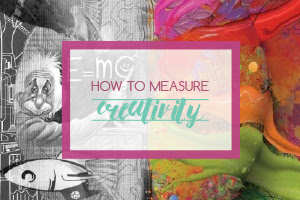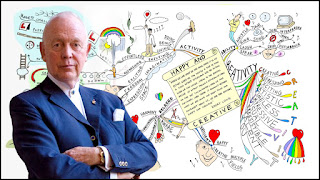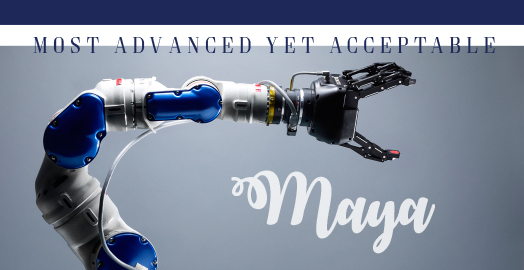How To Measure Creativity?
HOW TO MEASURE CREATIVITY?
What is creativity?
During class Design Aesthetics, Dr. Tan was though about how to measure CREATIVITY.
There are many definitions of creativity, but most of them refer to creativity being an everyday activity for all people, helping them to adapt to new situations and bringing something new and useful.
Creativity always connected with innovation. Innovation can be defined as transforming something original to become better. Its required something else to rely on. Innovation is the result or outcome of being innovative.
Rather than innovation, creativity need someone to create something new and original.
FORMULA OF BEING CREATIVE
R : Result
P : Personal
c : Capacity/ Capability
k : Knowledge
m : Method
t : Tools
Anthony Peter "Tony" Buzan is an English author and educational consultant. Buzan popularized the idea of mental literacy and a thinking technique called Mind Mapping said that there are certain ways to measure creativity.
Aesthetics - The beauty of an idea
Novelty - New, original, different from existing idea/ product
Quantity - The amount of idea
Practicality - Feasible, usable
Novelty - New, original, different from existing idea/ product
Quantity - The amount of idea
Practicality - Feasible, usable
Other than that, there are another ways to measure creativity based on definition from different person whereas each designed for different settings.
1. Measuring How Creative a Person Is - The Guilford Model
2. Measuring How Creative a Work Is - The Taxonomy of Creative Design
3. Measuring Creative Work Against a Program - The Requirements Model
4. Measuring the Social Value of Creative Work - Csikszentmihalyi’s Model
2. Measuring How Creative a Work Is - The Taxonomy of Creative Design
3. Measuring Creative Work Against a Program - The Requirements Model
4. Measuring the Social Value of Creative Work - Csikszentmihalyi’s Model
The Guilford Model
Fluency: how many responses
Flexibility: how many types of responses
Originality: the unusualness of the responses
Elaboration: the detail of the responses
The Taxonomy of Creative Design
- Imitation: Is the creation the same or virtually the same as something that already exists?
- Variation: Is it a slight change to an existing object, such that it is different, but still retains the identity of the original object?
- Combination: Is it a mixture of two or more things, such that it can be said to be both or all?
- Transformation: Is it a re-creation of something in a new context, such that it has some characteristics of the original object, but it cannot be said to still be that kind of object?
- Original Creation: Does it appear to have no discernible qualities of pre-existing objects or ideas?
The Requirements Model
Strengths: Measures relevance, value, or effectiveness against clearly set requirements.
Weaknesses: Works only when comparing a work against itself, not another.
Weaknesses: Works only when comparing a work against itself, not another.
Csikszentmihalyi’s Model
Person: the artist, an individual work, or a body of work.
Domain: the genre, the area of knowledge (e.g. painting, rock music, classical music, etc.)
Field: the authorities or gatekeepers of the domain (e.g. other artists, critics, consumers, etc.)
During that class, Dr. Tan also introduces a tool for being creative or innovative. It calls
"NINE WINDOWS"
- Nine Windows Creativity Technique Offers a Practical Framework to Consider a Range of Future Opportunities
At last, lets have some fun by using your own name. Its doesn't matter how long your name, but how you can generate word from it. :)








Comments
Post a Comment